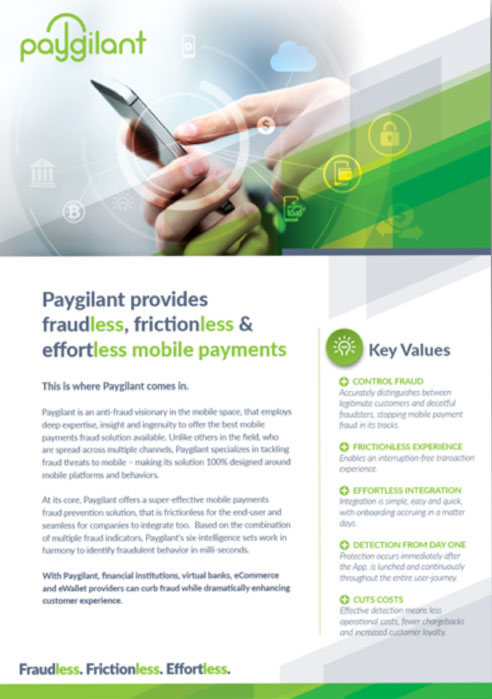Sign-up Bonus and Coupon Fraud

Coupon and sign-up bonus fraud is a new type of deception scheme tht has become popular in recent years
For banks, retailers and other, sign-up bonuses are an excellent marketing tool. While organizations increase the number of customers that sign up for their services, you get to enjoy free cash-back or other perks for making use of the service. This makes financial sign-up bonuses a win-win situation for both customers and financial institutions alike.
Sign-up fraud is not dominated by savvy fraudsters. Unlike other types of fraud which require a complex operation, creating fake accounts is somewhat simple and fraudsters leverage such promotions that bite into the banks profit.
Sign-up bonus abuse can range from innocuous – like a hacker creating multiple fake accounts to get 10% rebate – to sophisticated, organized costly hacks. Referral programs, where customers receive benefits for referring friends to a financial institution are particularly lucrative targets for fraudsters.
How can financial institutions prevent sign-up bonus abuse?
Financial institutions can bolster their ability to detect and block fake accounts that take advantage of such programs. Many attempts at sign-up bonus abuse can be prevented by stopping single users from opening multiple accounts. How? A multi-layered analysis often identifies abnormal behavior. A thorough review of users opening multiple accounts using the same device – is a good start. Another way to prevent sign-up bonus fraud is monitor user behavior post account creation (using behavioral analytics). Once an account starts exhibiting suspicious behavior, like abnormal account usage or an idle account, the financial institution is very likely to be defrauded.
This is exactly where Paygilant comes-in. Paygilant helps financial institutions distinguish between good customers and fraudsters. Its solution is designed to detect such fraud, using six separate fraud intelligence sets which determine, whether the activity is legitimate or fraudulent. Paygilant operates at several data layers including user behavior, user device, user transaction and human/non-human activity. This is used to weave an identity representation of the user, providing a score that indicates the risk level prior to processing the transaction/payment.
